Google Pixel Buds Review
Google Pixel Buds Review
A flawed first attempt from Google
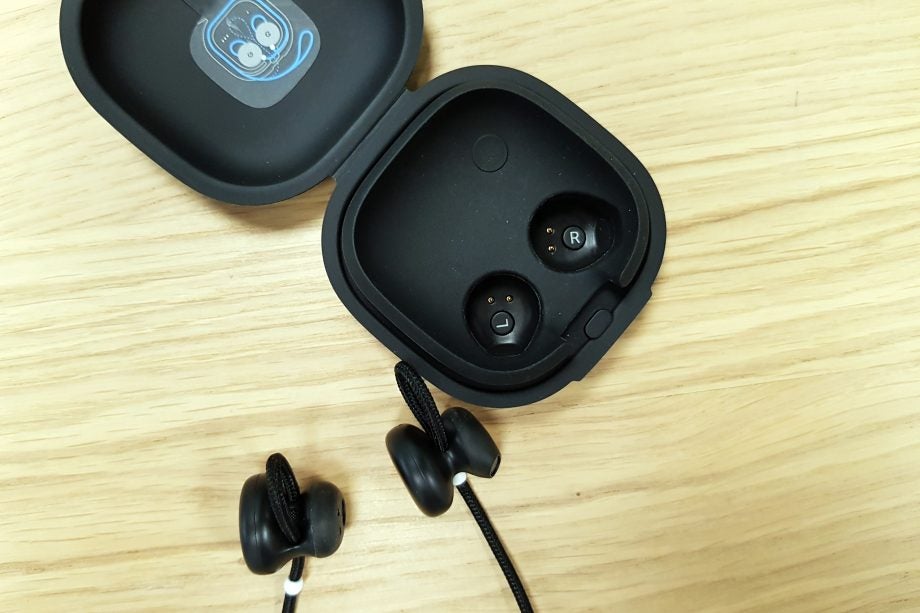
Verdict
Pros
- Excellent battery life
- Great hands-free calling quality
- Translations, while limited, can be useful
Cons
- Fiddly and inelegant headphone storage
- Non-isolating sound
- Fiddly touch panel
- Translation limited to Pixel phones
- Cumbersome to use across multiple devices
Key Specifications
- Review Price: £159
- Bluetooth
- 5 hour battery life + 19 hours from the charging case
- Google Translate with Pixel phones
- Google Assistant
- Touch sensitive controls
What are the Google Pixel Buds?
Update: After a long wait, the Pixel Buds are finally available to buy in the UK, Australia and Germany. You can pick them up for £159 from the Google Store.
At Google’s last big conference, the company made a wide range of hardware announcements. The new Pixel 2 phones took centre stage, and then there were also the new Google Home speakers. As a result, the intriguing Google Pixel Buds nearly flew under the radar. “Intriguing” because of their Google Assistant smarts and their touted Babel Fish-like translation abilities.
But those looking to take advantage of real-time translations will need to have a Google Pixel phone. Even if that list includes the original Google Pixel and Pixel XL, that’s a limited roster ruling out most people. And while these headphones have the same price tag as the AirPods, they lack the ‘truly wireless’ form factor and the clever and seamless pairing process that makes Apple’s tech so attractive.
In the end, the Pixel Buds are an ambitious but ultimately disappointing mish-mash of futuristic-sounding tech. It’s a miss-step that proves even Google, with all of its huge data, can’t work miracles with tech that simply isn’t ready.
Related: Best headphones
Google Pixel Buds – Design and pairing
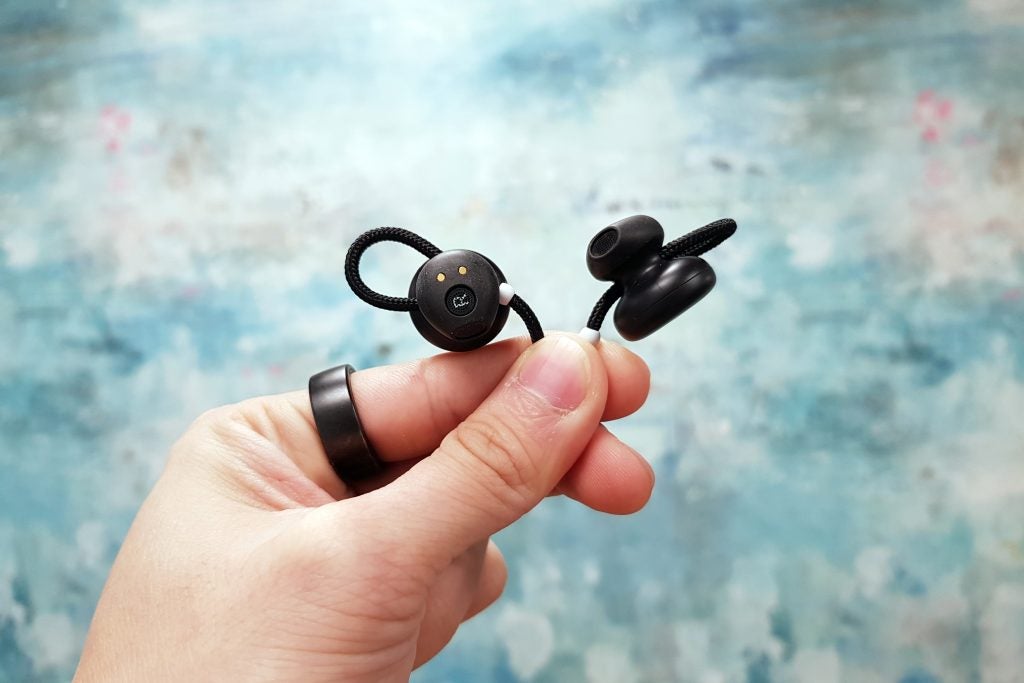
The Pixel Buds’ design is rather clunky. There’s the earbud section – the part that actually gets inserted into your ear – that has an Apple EarPod-like shape, and then the exterior that sits outside. The latter is a disc-shaped extension that houses the easily recognisable ‘G’ of the Google logo.
These aren’t truly wireless, so there’s a nylon cord that connects to the two buds for a neckband style. In one of those “low-tech” approaches I alluded to earlier, some of the nylon is used to create a loop that acts like a wingtip. These are designed to catch on your outer ear and help secure the earbuds in place.
It’s not exactly the most elegant solution in the world, but it does work well. The headphones didn’t fall out, even on the odd occasions I wore them in the gym. Not recommended, however, since these Buds aren’t sweat-proof.
But, because the loop is adjusted with a basic pull of the cord, I’d find that the size of the loop would inadvertently get adjusted, typically when they were returned to their charging case. I wouldn’t immediately notice until the earbuds were in my ear long enough for them to start slipping. Cue much fiddling to get them adjusted again, which wasn’t always convenient when my hands were full.
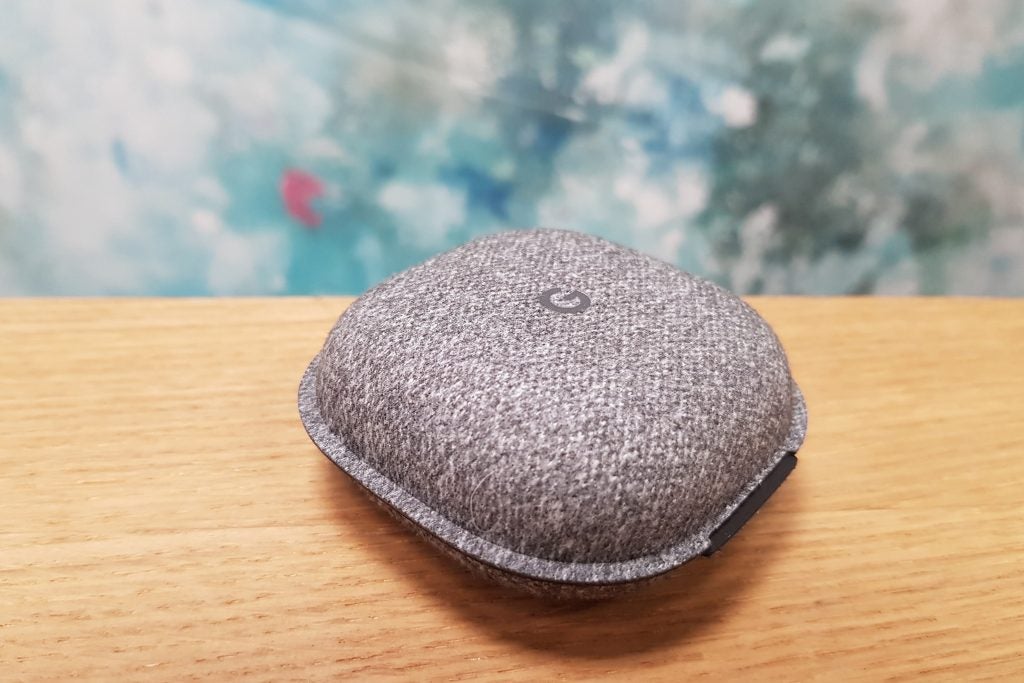
I also have mixed feelings about the charge case. The case itself has a rather lovely design. It’s small and square with nicely rounded corners and thin enough to slip into a pocket without any problems. It’s also covered in a felt-like material that feels nice with just another subtle ‘G’ logo on the top.
Getting the headphones in the case takes some user learning, though. This is nailed home by the fact that there’s a diagram instruction stuck to the inside of the case explaining specifically how you need to wind the nylon cord around the cable tidy and up between the two buds. There was also a GIF linked in the reviewer’s guide Google sent over. Fail to follow this correctly and the case won’t close properly. Not ideal.
In fairness, once you make sense of it, it’s actually pretty easy to do, but again it just feels so inelegant, very un-Google. Getting the two ear buds to sit inside their magnetic charging ports is also really fiddly and sometimes you’re not sure if they’re actually sitting properly and charging.
The headphones will only turn off when they’re inserted back in the case, too, so if you mess it up they’ll stay connected to your phone. I did this a few times, only realising when I wasn’t getting sound out of my phone’s speaker. I wish there was an external LED on the case to show you when they were charging, like many other charging cases have.
Related: Best wireless headphones
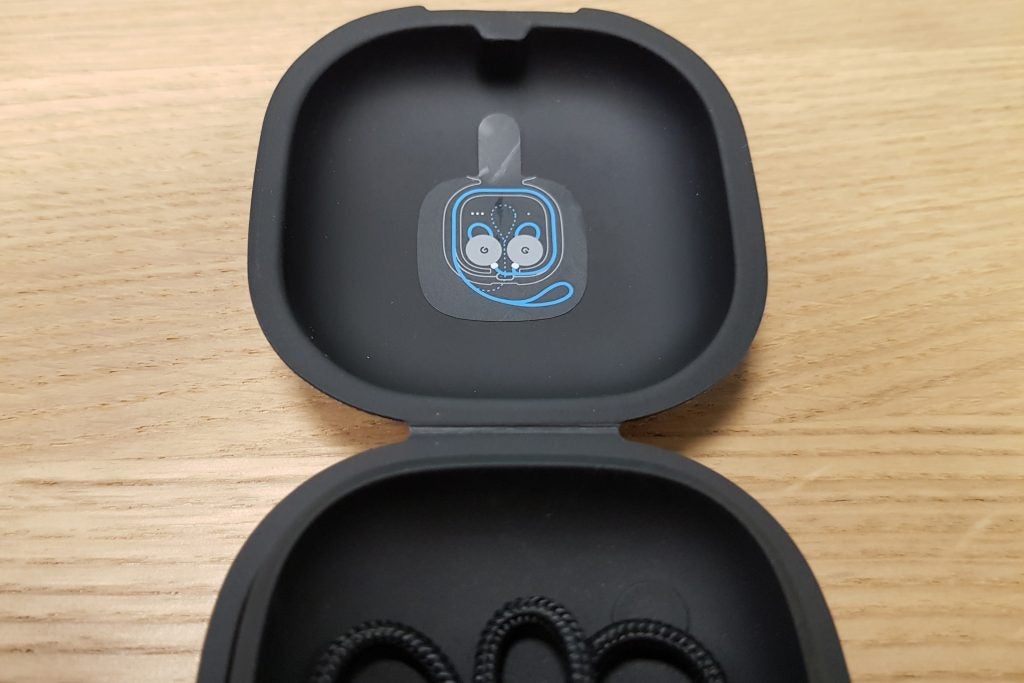
Instead, there’s an LED inside that shows the case and headphone’s charge level. On the back of the case is a USB-C port for topping up its charge. The Pixel Buds have about five hours of charge themselves, and the case will top them up around another 19, which is pretty impressive.
If you’re using a Pixel phone or an Android device running version 8.0 or higher, the pairing process couldn’t be simpler. Like the Apple AirPods’, just open up the case within the vicinity of your phone and a notification will pop up on your screen asking to pair. Tap that and you’re off. This all works as quickly as you’d expect.
But this is only the first time. Want to pair them with additional devices or anything not running Android 8.0? You’ll need to put the headphones in the charging case and then hold the button inside the case to put them into pairing mode. You can’t put the headphones into pairing mode directly on the Pixel Buds themselves. They have to be back in the case. And the case/headphones has to be suitably charged up as well.
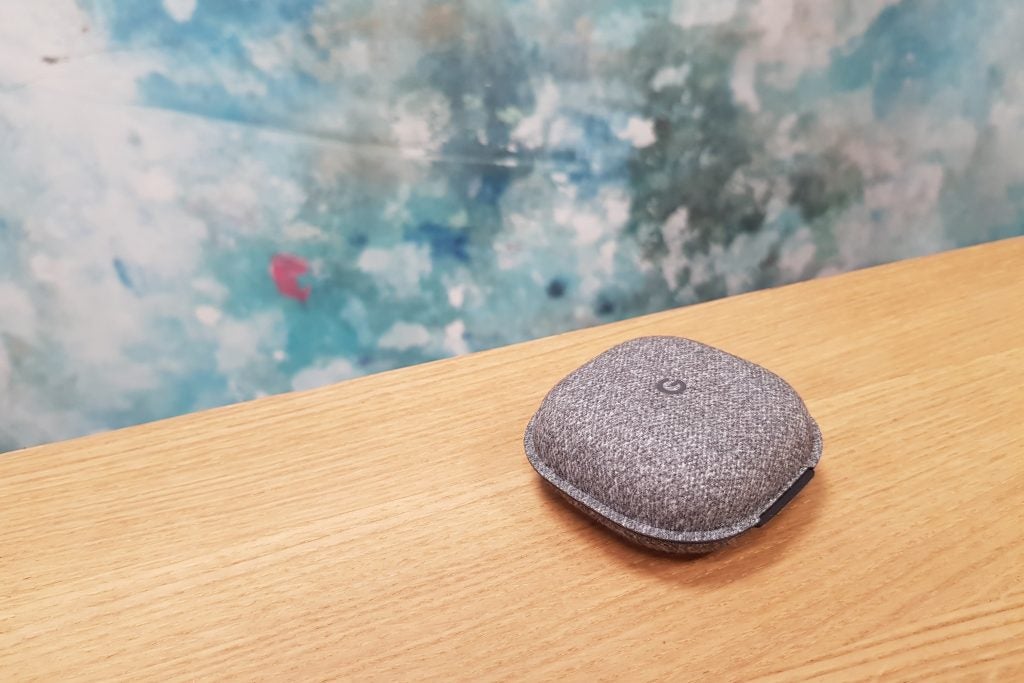
Trying to get them to pair with a Samsung Galaxy Note 8 proved a much more frustrating experience as a result. Just assume you need to have the case plugged in over USB-C at the time to ensure the case has enough charge. And while you can pair the Pixel Buds with up to eight devices, jumping between paired devices requires following the above instructions again to swap between them. It’s far removed from the seamless switching of Apple devices offered by the Apple AirPods’ clever W1 wireless chip.
Google Pixel Buds – Google Assistant, translation and sound quality
The outside of the right ear bud is a touch-sensitive panel that opens up a bunch of gestures and Google Assistant support. You can hold the right touch panel and Google Assistant will begin listening for all of the commands you’re probably familiar with from your phone or Google Home device.
You can also summon the Assistant with the famous ‘OK Google’ voice command as the Pixel Buds are always listening and waiting. Annoyingly, you only get the audio chime in your ear when saying OK Google, and not when you press and hold the touch panel.
It’s therefore hard to tell when you’ve correctly summoned the assistant and to know when it’s listening for commands. This is because the touch panel is really slippery so it’s not always obvious you’re touching it properly. But then conversely it’s also really easy to touch it completely by accident. Go to adjust the right ear bud and you’ll probably pause your music by accident.
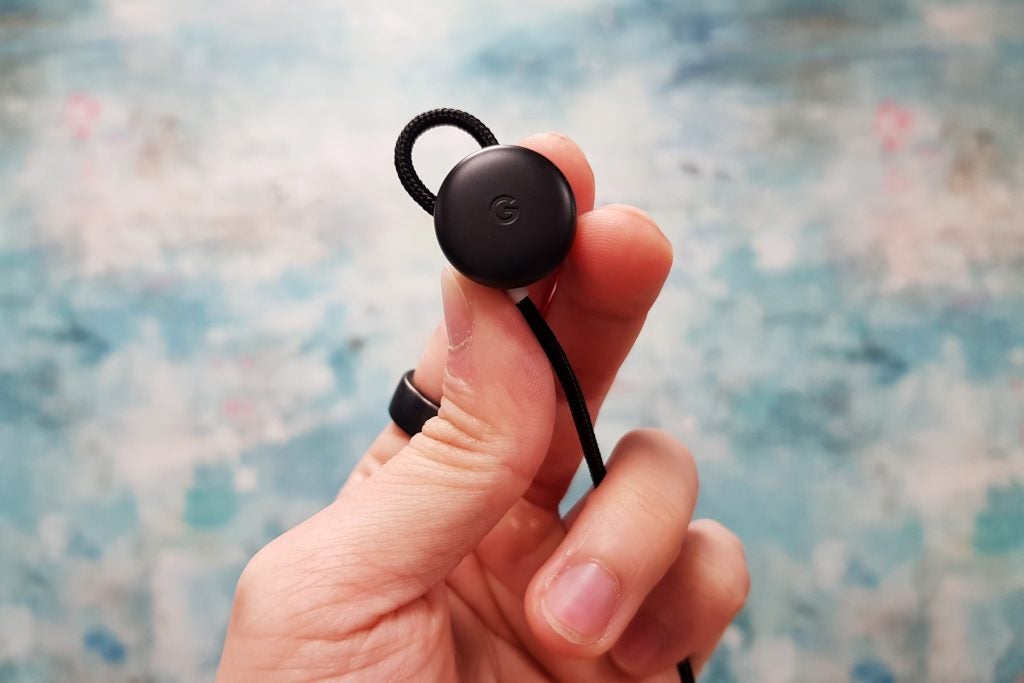
The touch panel also supports some gestures, such as swipes forwards and backwards to adjust the volume, the aforementioned taps to play/pause or answer/reject calls. Annoyingly, there’s no way to skip tracks using the touch panel,. You can ask the Assistant – but I’d really rather not. At least this is better than the Airpods, which provide no buttons whatsoever and an even stronger reliance on talking to Siri or digging your phone out of a pocket.
The Google Assistant can either be really helpful or incredibly naggy. It’ll read out incoming notifications straight into your ear, which can be really handy. But it can also be really disruptive if your WhatsApp groups are feeling particularly spammy that day. If you get a lot in quick succession, it’s at least smart enough not to read them all out.
You can ask the Assistant what notifications you have at any time with a double-tap and then instantly reply to an incoming message by double-tapping the touch panel and speaking your reply.
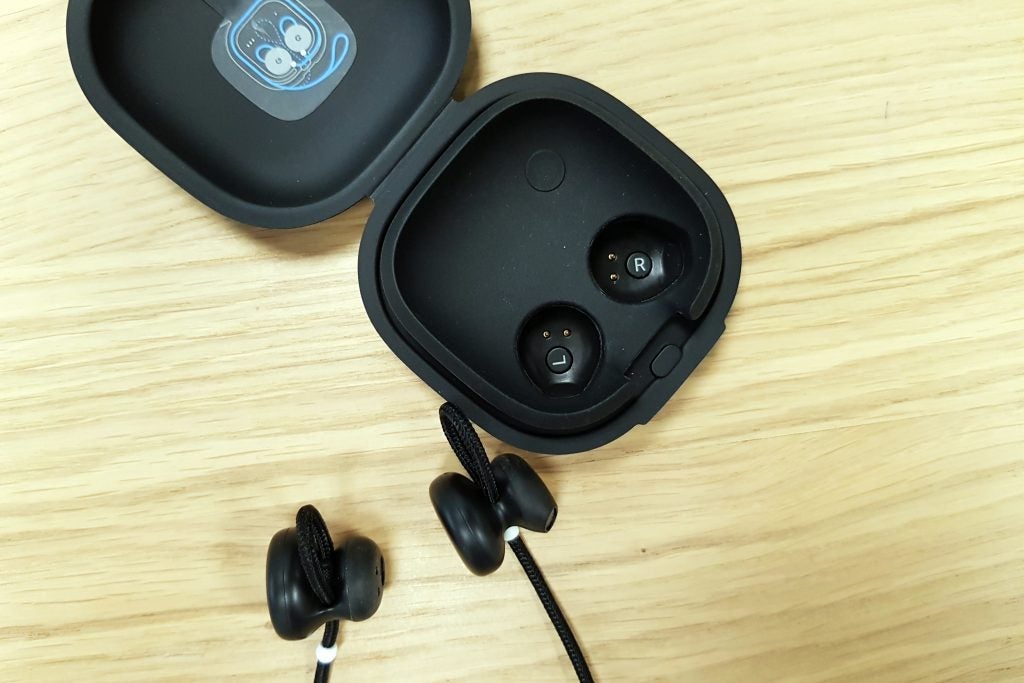
This I found a bit hit-and-miss, though. It can depend on your ambient environment how well the Assistant can correctly interpret your message.
My saying “The Pixel Buds can read messages straight into your ear and then you can reply to them by holding the right bud” came up as “the pics of God cannot read messages straight into your ear and then you can reply to them by holding the right song”.
So not exactly hitting the mark. You do at least get the chance to verify the Assistant’s dictation before messages are sent to avoid potential embarrassment.
For general hands-free calling, the microphones in the Pixel Buds are some of the best I’ve used. Callers said my voice was crystal clear and almost completely free of background noise. One member of the Trusted team thought I was in our quiet office when I was actually in a supermarket across the road.
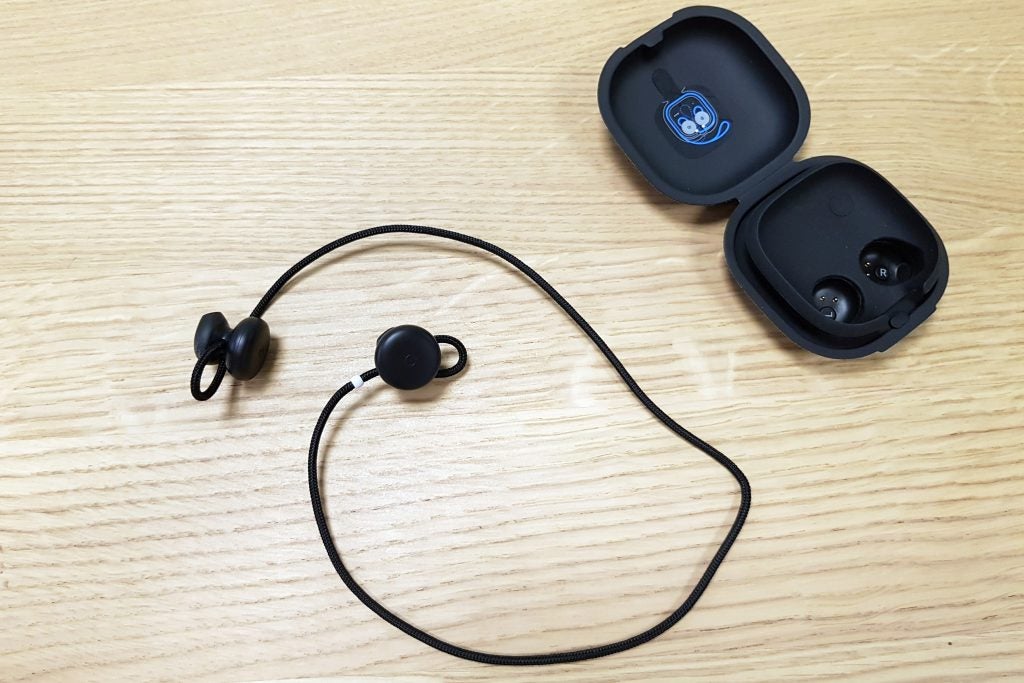
So, on to the headline feature: translation.
Unfortunately, it’s all really not as seamless as you might want and, again, only works on Pixel devices. Ask Assistant to help you translate something and Google Translate will open up on your phone. You can then speak your phrase out loud and the Pixel Buds’ microphones pipe it back to your phone. The Translate app then reads the translated response out of the speaker. The other party can then speak their response into your phone and it’s translated and played in the Pixel Buds.
For the best experience, it’s reliant on you handing your phone over to the person you’re trying to communicate with, which requires a level of trust. You also need a data connection for Google Translate to work its magic, which might not be an option if you’re travelling abroad, which is when most people will be wanting to use the translation feature.
Related: Best running headphones
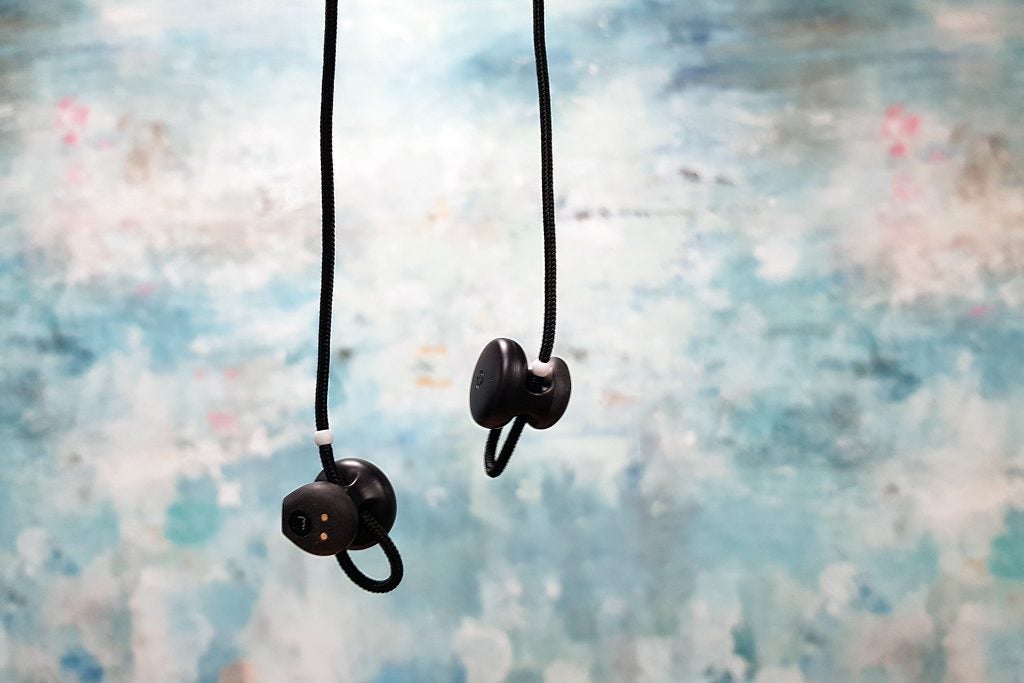
As for the quality of translation; if you’ve ever typed a phrase into Google Translate to witness its sometimes interesting take on linguistic nuances, it’s much the same experience here. I tried it with Vietnamese – which I have a basic level of ability at – with my mum as test subject, and found you really want to limit yourself to basic phrases. Anyone wanting to have a deep level of conversation will still find the experience cumbersome and slow-paced. It was a similar experience with French.
Disappointingly, the translation feature isn’t something that really sets the Pixel Buds apart, especially considering that reliance on a Pixel phone companion.
The Google Pixel Buds have respectable sound quality, but whether or not you can appreciate this is dependent your listening environment. These headphones are not isolating at all. So if you’re in a noisy place, you’re barely going to hear them and instead hear everything else around you.
That’s not great news for commuters as you’ll need to dial the volume up if you’re using them on a train or plane. At least they aren’t leaky, so your fellow travellers won’t have to listen to your tunes.
In fairness, it’s a similar experience with the similarly non-isolating Apple AirPods, and between the two, the Pixel Buds have more detailed sound with a richer bass, impressive for non-isolating headphones that universally struggle with the low-end.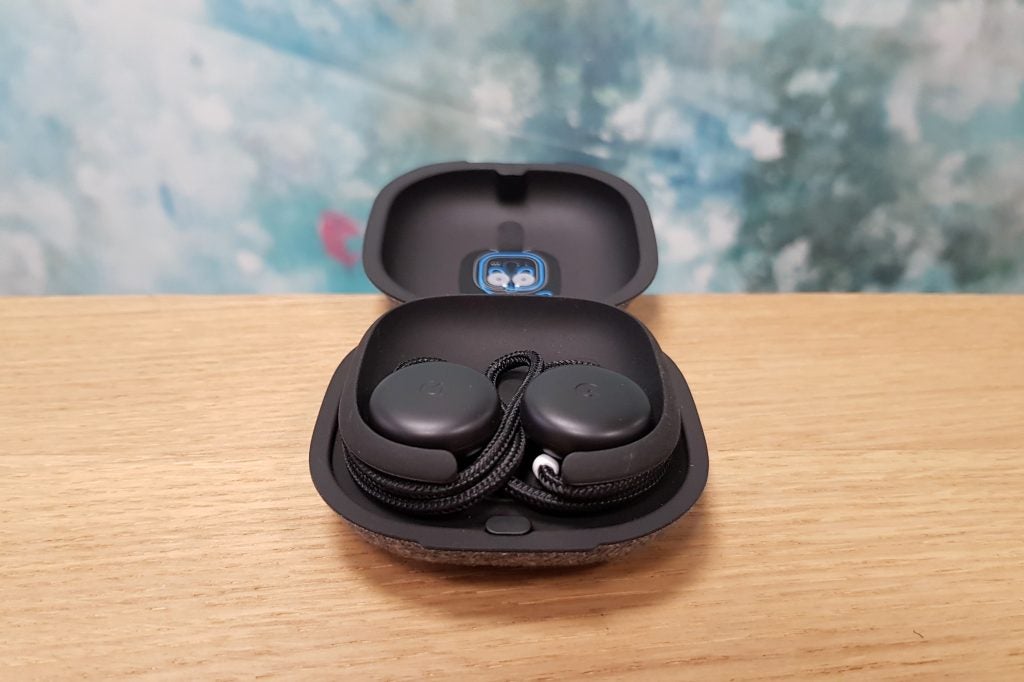
Why buy the Google Pixel Buds?
While you can typically excuse some first-generation hardware foibles, the Pixel Buds feel unrefined and difficult to recommend overall. Especially when trying to justify their relatively high price.
The translation feature can be useful under specific circumstances, but it’s a shame they’re limited to Pixel phones and even then it’s not enough of a selling point. Using the headphones across multiple devices is also a frustrating experience.
The lack of any isolation negatively impacts the sound under most circumstances and the manner in which you get a secure fit is flawed. The saving grace are their battery life, which is great, but there’s not a lot beyond that to reap any real praise on.
While I can appreciate some of the ambition, the execution leaves a lot to be desired meaning you should probably pass on this first attempt.
Verdict
The Pixel Buds are an ambitious attempt at high-tech headphones but they’re poorly executed and limited by a need for a Pixel phone if you want to use them to their full potential.
How we test phones
We test every mobile phone we review thoroughly. We use industry standard tests to compare features properly and we use the phone as our main device over the review period. We’ll always tell you what we find and we never, ever, accept money to review a product.


